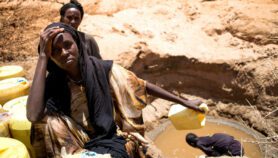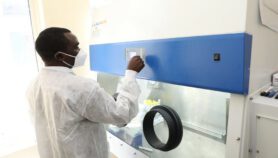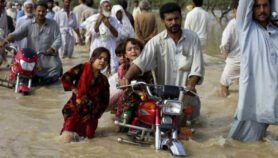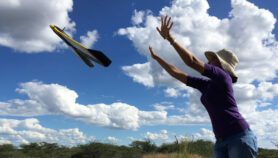By: Yojana Sharma
Send to a friend
The details you provide on this page will not be used to send unsolicited email, and will not be sold to a 3rd party. See privacy policy.
The first global database documenting the effectiveness of traditional medicines, which are widely used as the first source of healthcare around the world, has been announced by the WHO.
The International Classification of Traditional Medicine will be set up in the first half of next year to document traditional medicines and, for the first time, provide effectiveness data based on common standards.
The database aims to enable the objective evaluation of the benefits of traditional medicines using the same criteria for all countries, allowing researchers and policymakers to monitor their safety and efficacy. It could also help governments use the information to integrate traditional medicine into their health policies.
"A number of countries have databases on traditional medicine, but because there have been no international standards until now, the data could not be compared," said Molly Meri Robinson Nichol, a technical officer at the WHO. "Western medicine has a vast database on diseases, but we do not have that information on traditional medicine, which makes it impossible to make a statement on its effectiveness."
"We recognise that the use of traditional medicine is widespread. For many people — especially in the Western Pacific, South-East Asia, Africa and Latin America — traditional medicine is the primary source of healthcare," said Marie-Paule Kieny, assistant director-general of innovation, information, evidence and research at WHO.
Common standards would be useful in both epidemiology and diagnosis. Currently diagnosis depends on the skill and experience of the practitioner; with a database, this information can be pulled together to draw up objective diagnostic standards.
"There is a need for this information to allow clinicians, researchers and policymakers to comprehensively monitor safety, efficacy, use, spending and trends in healthcare," Kieny said.
The classification will initially focus on traditional medicine practices coming from China, Japan and South Korea which have now spread around the world.
"These traditional medicine systems are in use in a large number of countries and there is already a significant amount of documentation available. National standards also exist in a number of [these] countries, which we can use and build on," Robinson Nichol said. "They are also of similar origin so it is very easy to classify them together as there is some overlap."
Work will be completed by the first half of 2011, classifying herbal medicines, acupuncture and manual interventions such as massage.
It will then be expanded to other areas of traditional medicine such as Ayurveda in India and Unani in the Arab world, Robinson Nichol said.
"African traditional medicine is also a fascinating area and one we want to move into, but the difficulty will be to collect the initial information for classification."
Link to SciDev.Net’s spotlight on Integrating Modern & Traditional Medicine













